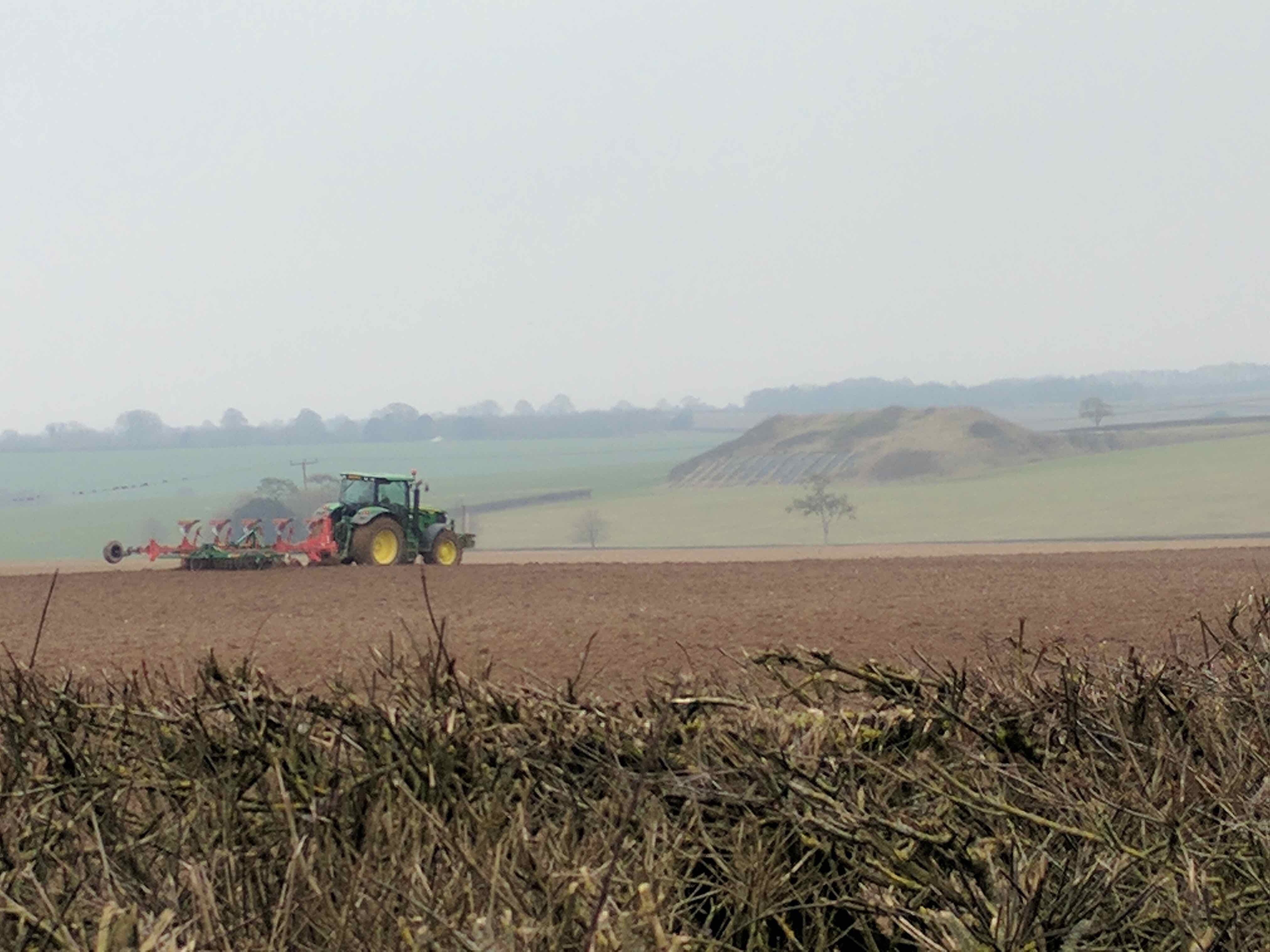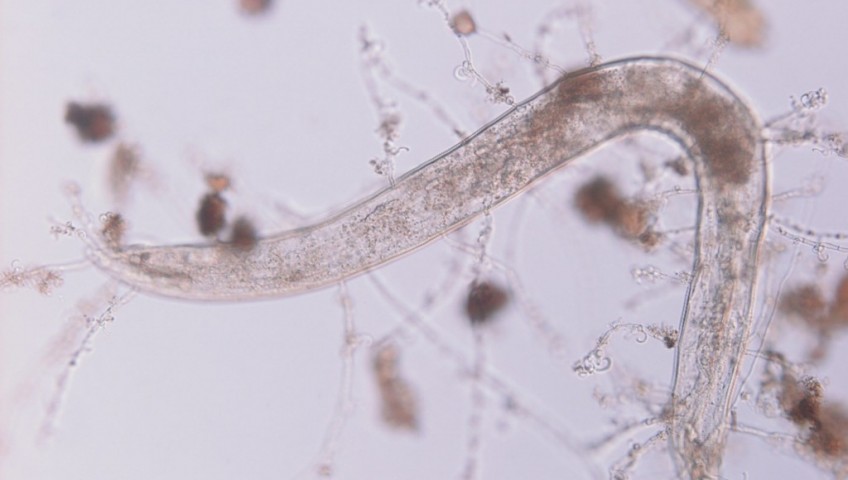Reduced tillage in agriculture and soil microorganisms

Over the past few decades, farmers have been abandoning the plough in favour of no-till agriculture or conservation tillage, using equipment that only disturbs the soil to a minimal degree. No-till and conservation tillage are widely accepted to maintain or improve soil quality by preserving soil structure and moisture, increasing soil organic matter, and providing habitat for the soil microbiological communities.
Tillage is used as a method to enhance crop production, control weeds and prepare the seedbed. As with any management practice, tillage influences the soil environment and can have negative effects including soil erosion and degradation of the soil structure. These effect the habitat for the soil microorganisms and therefore often a loss of nutrients.
Whilst no-till soil is generally cooler and moister when compared to a soil under more intensive cultivation, accessibility to organic matter is generally greater when tillage is applied. This is due to organic residues being broken down, increasing the available surface area for microbial colonisation. Whilst this is of direct benefit, it is generally accepted that there is a greater microbial abundance in soils under a no-till regime and that these soils have a more favourable microclimate compared to conventional farming practices.

Until now, most of the studies linking tillage intensity and microbial activity have been performed at individual farm level. Most of these studies do find more soil microbes with no-till management, however the magnitude of biomass varies a lot due to variations in environmental factors, agronomic practices and differences between soil types across fields and farms. Where no-till is compared with tillage, the type of equipment and tillage depth also differs.
A recent study, by Zuber and Villamil at the University of Illinois, collected data from peer reviewed scientific studies on the effect of soil management practices on microbial biomass and activity. The data from 62 studies was collated into a database and the effect of the different management practices on soil properties across multiple experimental sites, locations and climactic regimes assessed.
The results of the study showed that microbial biomass is reduced under tillage compared to no-till possibly due to the more favourable environmental conditions under the no-till regime. There was however one exception to this, with microbial biomass not appearing to be diminished under chisel tillage systems.
Overall, the study suggests that since soil microbial biomass and enzymatic activity can stand in as proxies for soil quality, farmers should consider moving toward no-till or conservation tillage systems – as helping the soil function better helps your crops grow better, and can also maintain high quality soil for sustainability purposes.
The original article, “Meta-analysis approach to assess effect of tillage on microbial biomass and enzyme activities,” is published in Soil Biology & Biochemistry.
Putting this in to practise…
Working closely with the team at SoilBioLab, I am only too aware that one of the challenges faced when we asked to advise clients, is the lack of (sample) information.
However, recently we experienced one of those rare occasions where we knew much more about the origin, than usual – early this year we undertook the microbiological analysis of samples from two different farms, at precisely the same time.
One farm had been organic for over 30 years, the other had been no-till for just over 3 years.
Notwithstanding the inherent variables that accompany a more robust comparison than this (full history, location, texture etc.) it was very interesting to observe full soil microbiology reports at the end of the process that looked almost identical – both farms with soil assessments that indicated very good levels of microorganisms. This ‘one-off’ scenario seems to support the findings by Zuber and Villamil and one can speculate that the effect of reducing/ceasing mechanical interventions to fields are as beneficial to microorganisms (like fungi), as a reduction of chemical treatments.
Organic no-till, the ultimate combination(?)
The reality, is that there is this bit in the middle, where we do not fully understand where the interactions between crop, soil chemistry, soil biology and physical structure start and end or where they might receive the largest benefit from our focussed intervention – we’re jumping from ‘A to F’ with wild statements like this.
Our advice, find out for yourself!
What testing or field work are you conducting, to ensure your future success?
We have developed trials and are involved in experimental projects with many different farmers and growers, so are well placed to help you to test and measure for yourself, the benefits of managing and exploiting the functions of soil life, in a cost effective manner. If you want to understand more about the ‘bit in the middle’ by adopting a more complete approach to soil and crop management, take action and contact us today.



